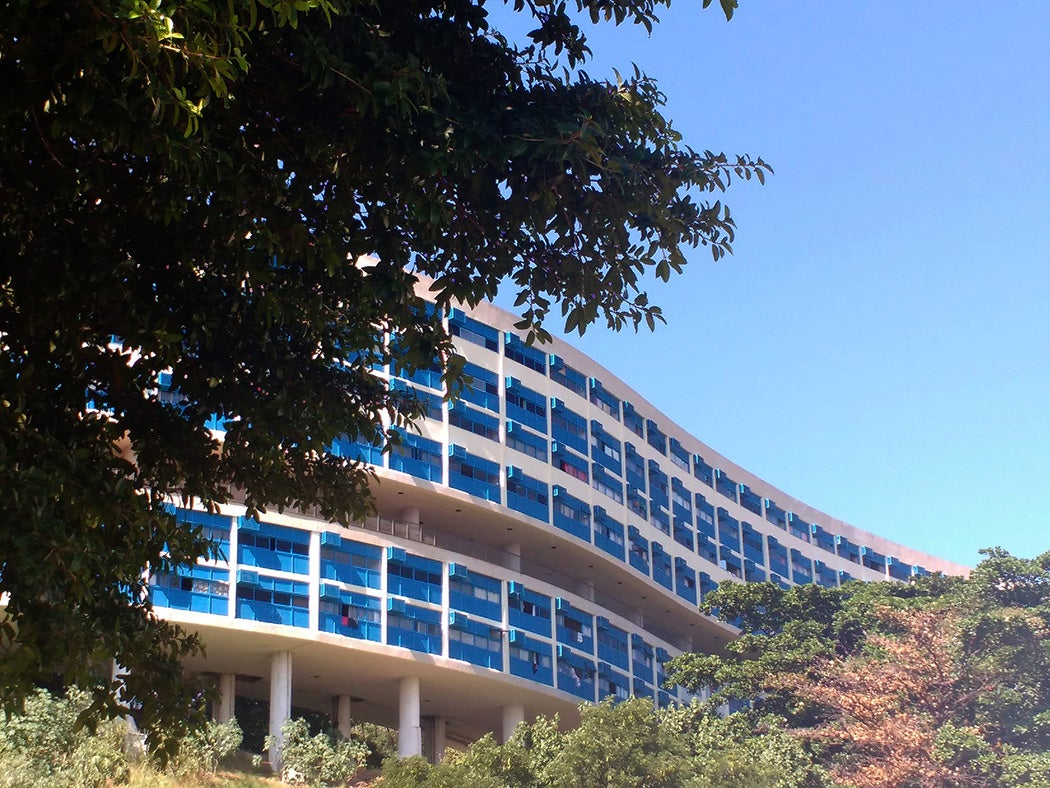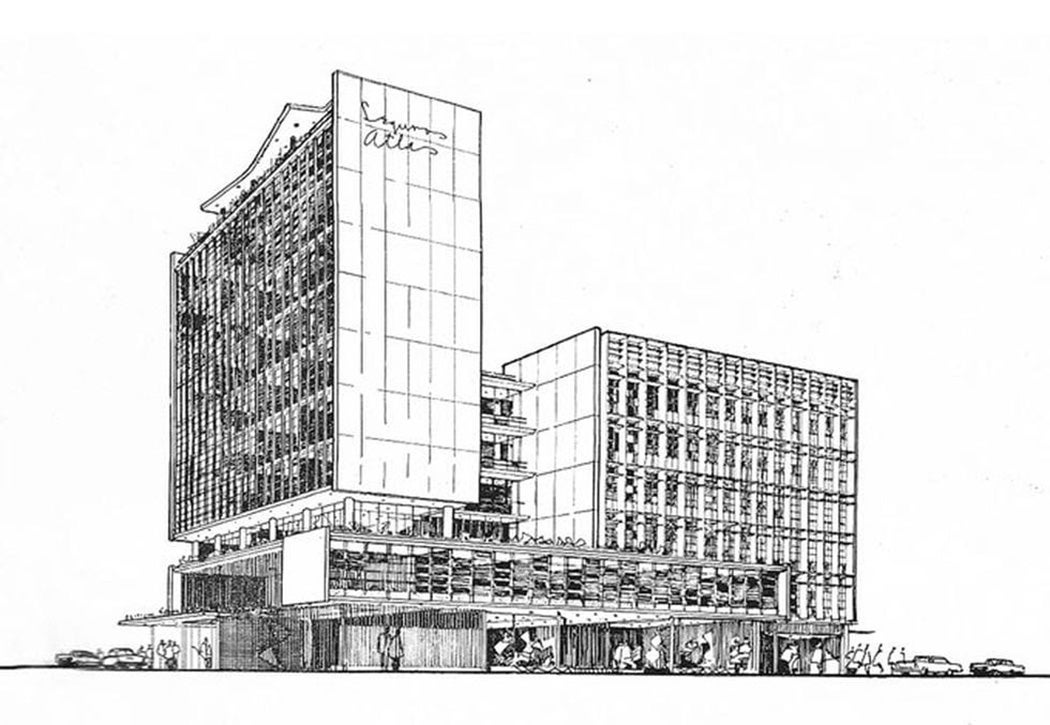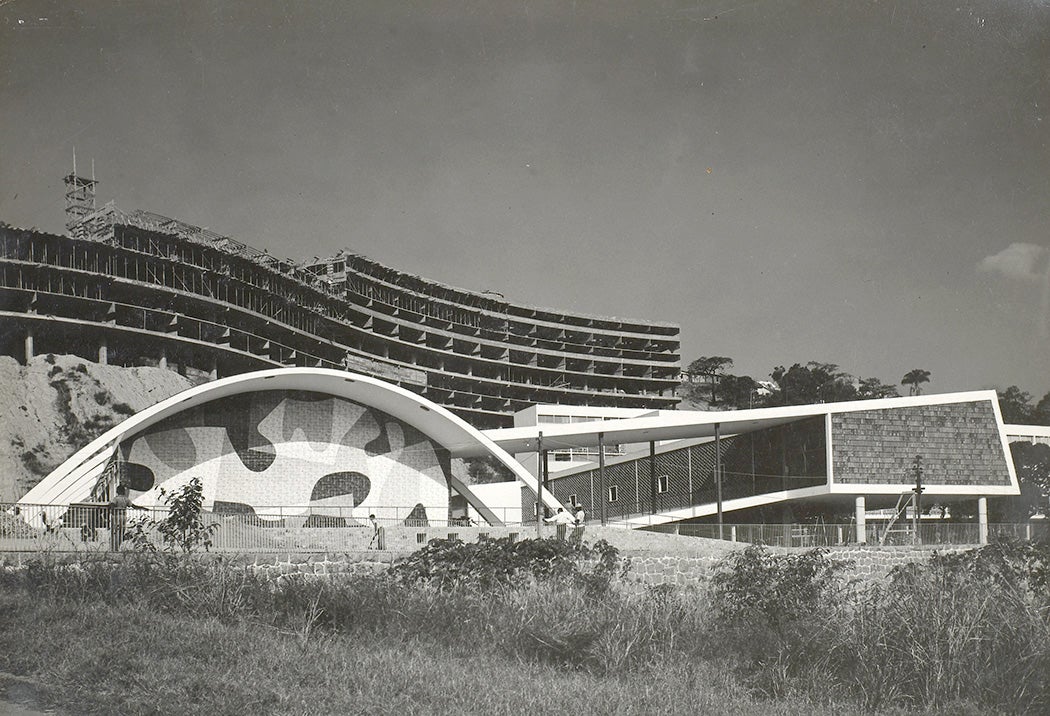Mention historical architecture in Latin America and images of monumental indigenous archeological sites or colorful colonial-era city centers invariably come to mind. There’s good reason for that—these two patrimonies have dominated narratives about the region’s past for a very long time. Indeed, together they account for virtually all of the 101 cultural properties considered to possess enough “outstanding universal value” to be listed on the United Nation’s World Heritage List for this part of the world. But lately, a third legacy has demanded increasingly more attention: mid-twentieth-century architecture. And as architects, historic preservationists, government officials, and community leaders grapple with what to do with crumbling concrete façades and leaking steel windows, they’re also revisiting the bold progressive agendas originally promised by these unapologetically Modern buildings.

Although places associated with ancient and European building traditions tend to dominate cultural tourism markets, which in turn seems to confirm their enduring significance, tourism is infusing energy into some Modern historic preservation efforts as well. In the case of the Pedregulho Housing Complex, located in Rio de Janeiro, Brazil, and designed by local urbanist/engineer Carmen Portinho and architect Affonso Eduardo Reidy between 1946 and 1960, pressure from vocal visitors ended up helping get renovation under way. Pedregulho is widely acknowledged as one of the most iconic examples of twentieth-century architecture in Brazil, at least, and possibly across the entire continent. Enthusiasm for high-quality government-provided housing was most clearly reflected in the design of its main residential building, Block A, which famously curves along a ridge in a formal echo of the nearby mountains and employs elaborate concrete sun screens to block harsh tropical sunlight while still allowing plenty of breeze.
Photographs of the complex were published in professional architecture magazines around the world at the time of its completion, and they’re now in student textbooks illustrating how Latin American designers two generations ago expressed their national identities by engaging their unique local environmental contexts. Before Block A’s renovation in the mid-2010s, global Midcentury Modern afficionados who’d traveled long distances to see this celebrated place came away from the experience saddened by the very wide discrepancy between the gracious freshly built architecture they’d admired in images and the extreme disrepair of its contemporary reality. Although other buildings and their connective landscape at Pedregulho have yet to be renovated, some of Brazil’s mid-twentieth-century optimism and vitality can once again be felt there.

Ideally, heritage tourism boosts the local economy, helping building stewards pay for the specialized conservation work needed to maintain their architecture’s distinctive character. In Lima, Peru, the financial implications of the preservation of a Modern icon may end up taking an unexpected twist. Located within the city’s historic central core, the Atlas building was designed for the Atlas Insurance Company by Peruvian architects José Álvarez-Calderón and Walter Weberhofer between 1953 and 1955. At sidewalk level, where the vast majority of people experience the building, a low plinth with small shops maintains the neighborhood’s centuries-old street wall and view corridors. The eleven-story tower above is set back and rotated, a way of reducing the perception of bulk that was popular among famous mid-twentieth century designers in New York City, Copenhagen, and beyond. The Atlas building’s structure is concrete with seismic infrastructure elements that were advanced for their time. And the whole assembly is enlivened in ways that directly engage the local vernacular culture and tropical climate, including colorful paint and tilework, terra cotta sun screens, and operable louvered windows. Like Pedregulho, the opening of the Atlas building was widely praised in the professional and popular press as signifying a distinctively Latin American march toward modernity.
Weekly Newsletter
Also like Pedregulho, though, insufficient maintenance has dimmed the Atlas building’s presentation over time, making its original distinctiveness harder to appreciate today. And the situation in this case was made more complicated when Modern architecture was not included in the designation of Lima’s colonial city center as a World Heritage site, since such public emphasis on older traditions can encourage and reinforce less favorable perceptions of the recent architectural past. That said, because the height limit imposed as a result of World Heritage status requires that future construction to maintain the low colonial-era roof line, the tower’s existing eleven stories of well-lit and centrally located office space represents real financial potential in comparison. And so, despite everything, the Atlas’s supporters have a measure of hope that someone with vision and resources will remake this building into the modern workplace it was always meant to be.







